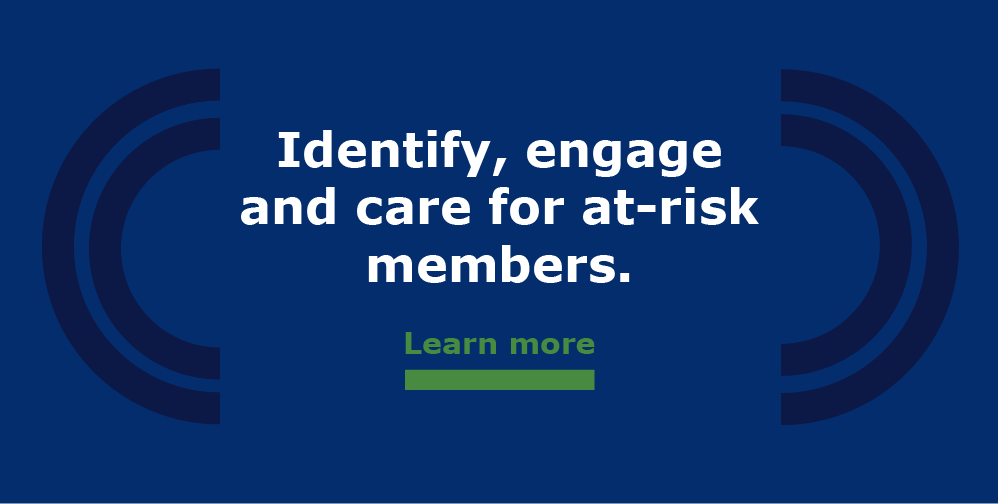Preparing for Open Enrollment 2021 with Member Engagement Now

Open enrollment is approaching quickly for payers and their provider networks. It is a tense time of year for these organizations — a time when your membership decides if they are going to renew their contract with you or (Ga$p!) jump ship.
That stress has only increased in the era of COVID, when about 12 million people have lost insurance on employer-sponsored plans due to job loss, according to recent estimates. At the same time, many people are more closely examining what their health plan really offers them. Or they’re returning to their doctors for the first time in months with symptoms exacerbated by a lack of appropriate care during quarantine.
Now is a great time to prove your value to retain your members, improve member engagement and even boost membership.
Thanks to the COVID-19 pandemic, many people have not used the health care system in nearly six months. On the surface, that might feel like a win. After all — patients who don’t use health care don’t cost anything, right? Wrong.
Patients who have delayed medical care due to the pandemic cost you revenue in two distinct ways:
- If you don’t engage your members, they lose sight of your value. You risk them leaving, and then you lose all future revenue from those members.
- When they finally re-engage with your plan, their conditions are much worse than if they had maintained their regular appointments over the past six months.
As outlined by a RWJF report on chronic care, about 28 percent of Americans have two or more chronic conditions and they are responsible for about two-thirds of health care spending. That includes people of all ages, including children.
In the Medicare program, more than 66% of spending is attributable to beneficiaries with five or more chronic conditions.
So, what can you do to engage plan members with multiple chronic conditions and others who have put off preventive care due to COVID?
Identify your most at-risk patients.
Triage your plan members based on an assessment of their chronic conditions, care needs and provider availability to determine who needs urgent care. Ask yourself questions like:
Who has five or more chronic conditions?
Who uses more than five prescription drugs?
Who missed their annual colonoscopy, mammogram or retinopathy?
Then, take advantage of your data to pull reports of these most-at-risk members and close care gaps for the most critical patients first.
Schedule appointments at the “point of call.”
Have care navigators (either your own or through an experienced vendor) call members and book lapsed appointments. This helps reduce the backlog providers will surely face when patients return, and it will also prevent costly ED visits.
Booking the patient appointment during the outreach phone call is a highly effective strategy — much better than the common strategy of sending a snail mail reminder to members’ homes or having only an "educational call" that tries to encourage patients to schedule their own appointments. In fact, scheduling appointments at the “point of call” increases patient compliance by more than 60 percent.
Offer a telehealth visit.
Many members are still wary about catching the coronavirus from in-office medical appointments. That is especially true for those who are elderly or who already have underlying health conditions.
For those members, offer a virtual appointment to conduct their annual well visit or prenatal exam or to check in on a chronic condition. You can even use virtual appointments to screen for COVID symptoms. This simple outreach will go a long way towards improving member engagement.
ReferWell’s solution for post-COVID health care delivery lets health care payers and provider networks proactively connect with and schedule in-person or virtual visits with members who defer necessary medical care during the COVID-19 pandemic. Reach your most at-risk members who represent the highest care costs, to schedule missed prenatal visits and appointments for COPD and other chronic conditions as we adjust to this new normal in health care.
Sources:
https://www.cnbc.com/2020/08/28/millions-of-americans-lost-health-insurance-amid-pandemic-here-are-options.html
https://www.rwjf.org/en/library/research/2010/01/chronic-care.html
Written by Gene Huang
Gene is an expert in building and scaling healthcare businesses, including health plans and provider organizations; payment reform and value-based care initiatives; and post-acute and long-term care. His three decades of experience includes leadership roles at Oxford Health Plans and Cigna, and investor roles in healthcare ventures. As ReferWell’s Executive Chairman, Gene develops strategic relationships with partners to drive short-term revenue and long-term strategic alignment. Gene has been a ReferWell board member since 2015.

 © COPYRIGHT REFERWELL
© COPYRIGHT REFERWELL 